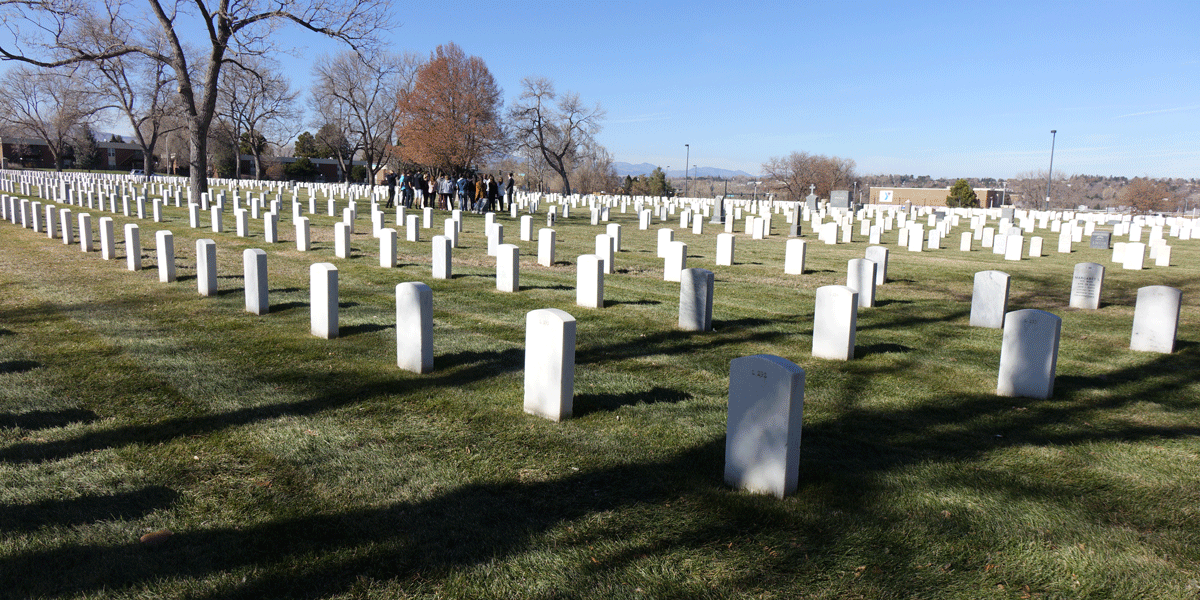You can’t learn about war without understanding the human price that comes with it.
With the help of Warren Thomas, Colorado Academy parent and veteran of the Afghanistan and Iraq Wars, I recently took 22 students in my War on Terror class to Fort Logan National Cemetery. Fort Logan was named after Union General John A. Logan, commander of U.S. forces in the Civil War. It is one of just 139 national cemeteries in the U.S. and it is a five-minute drive from CA.
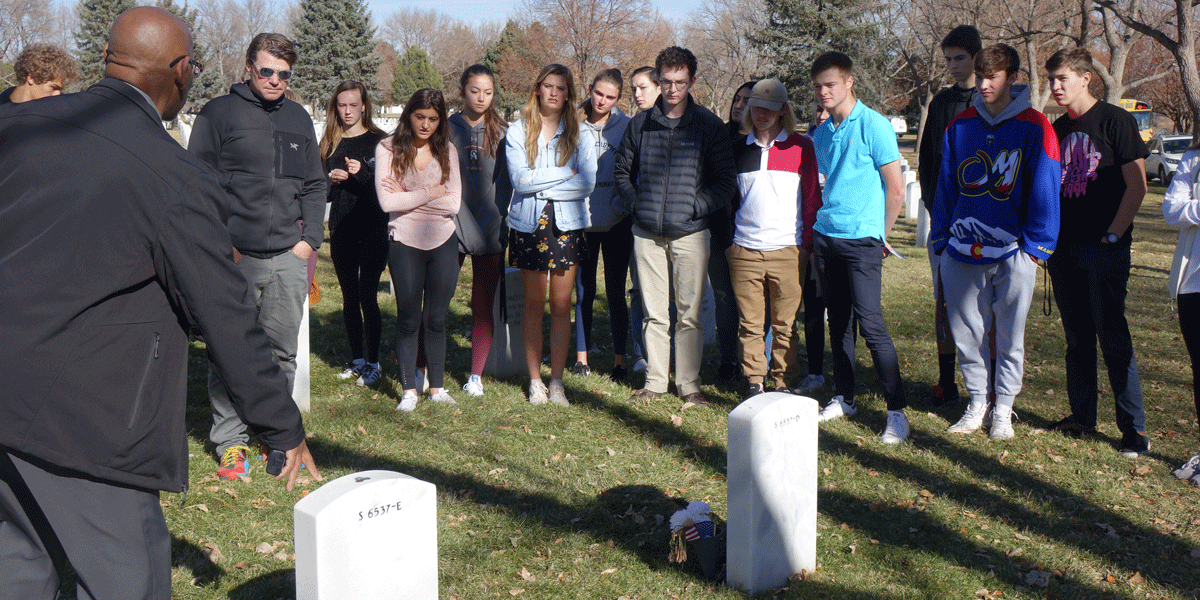
On a chilly November morning, we stood amidst the rows of white headstones—some 125,000 interments. Our Fort Logan tour guide, O’Neal, (short for Retired Master Sgt. James O’Neal Hughes) ambled across the lawn to meet us. Perhaps lost on the students was the significance of the man standing before them. O’Neal was a Vietnam veteran and an Air Force staff sergeant and intelligence assistant. In 1979, he was one of 65 hostages taken during the storming of the U.S. Embassy in Tehran.
O’Neal was among a small group of detainees released after 16 days by Iranian leaders. Fifty-two prisoners remained in Iran for a total of 444 days. O’Neal, in interviews for an Air Force publication said, “I actually believed they were going to kill me….I thought my life was going to end there, blindfolded in a chair.” When he shared his stories with the group, the depth of sacrifice on the part of our service members touched every member of my class.
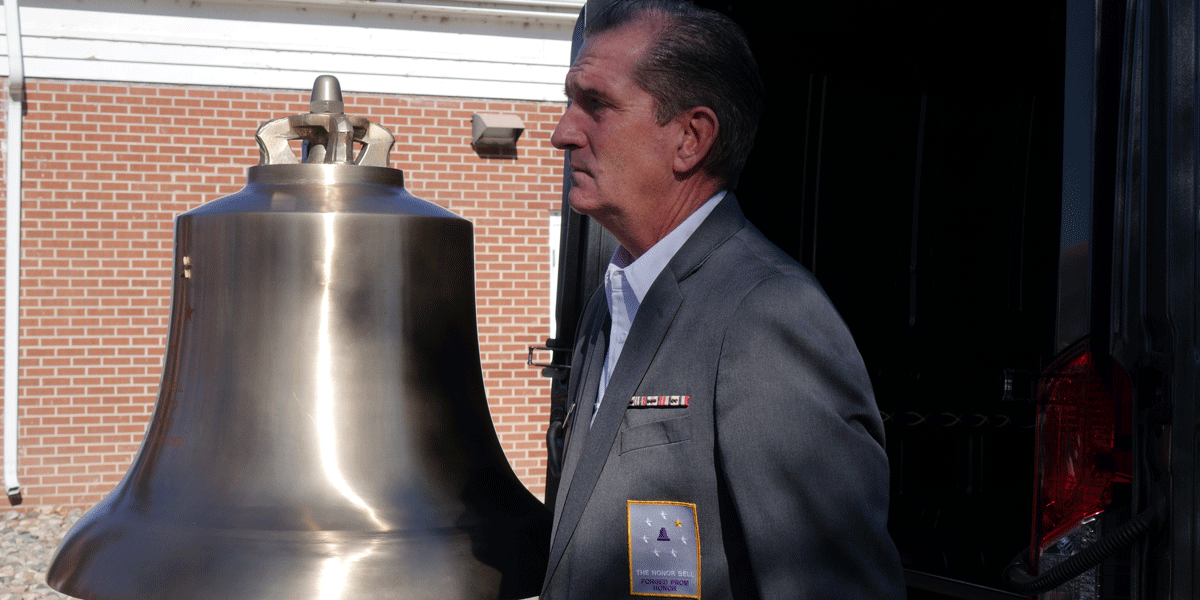
We were also joined by former combat veteran David Earp, who runs the Honor Bell program at Fort Logan. It is a 1,000-pound bell forged from bronze and from artifacts from twelve deceased Colorado servicemen—from World War II to the War on Terror—representing veterans past, present, and future. For his part, Earp spent more than 20 years in the Army and served on bases in the United States, Europe, and the Middle East. He now ensures that the Bell is tolled at burials to honor veterans and their service and to foster public appreciation of the U.S. military.
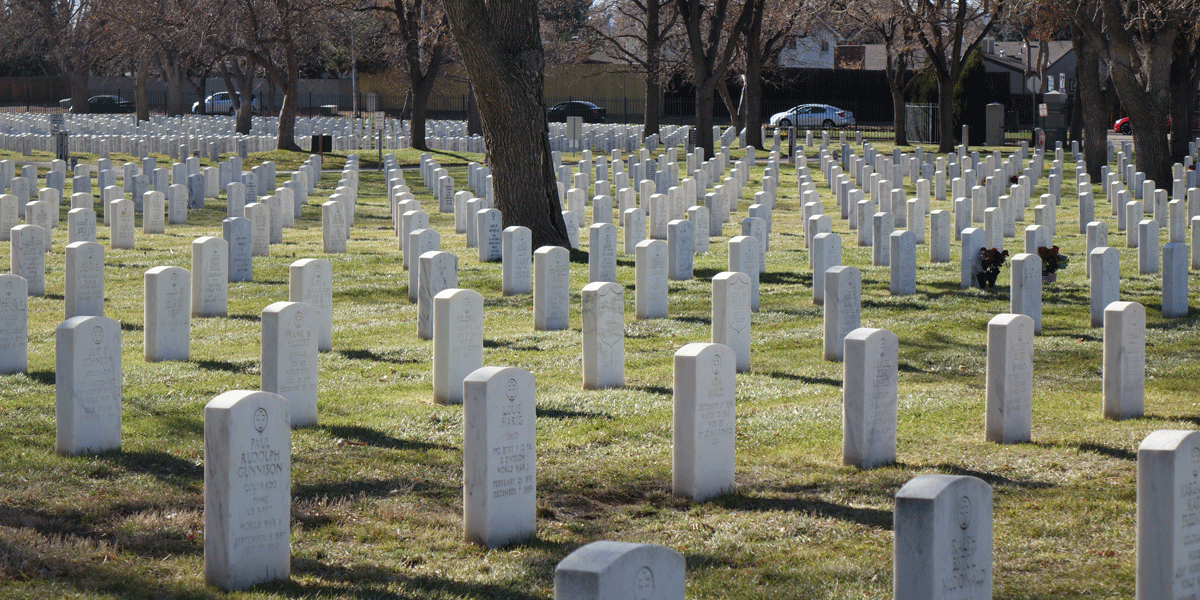
Both men shared with my students their experience serving the nation, but also the impact that service had. Both were open about the devastating impact of post-traumatic stress syndrome, the effects on their relationships and families, and on how they struggle still today.
At the same time, each man spoke about what an honor it was to serve their country and also to continue to serve at Fort Logan. Ensuring honors for fallen soldiers and providing comfort to grieving families is a salve that seems to soothe their own souls. Despite the pain, both men said they would not change the path they’ve taken in their lives. O’Neal described the peace he feels as he walks the cemetery grounds. He encouraged the students to touch the marble headstones and to reflect on service and duty.
Students respond to Fort Logan
CA Senior Patrick Schmid said, “Going to Fort Logan, we saw firsthand the impact of the conflict, through the veterans working there or the headstones of those who have given their lives.”
Senior Lilly Jorden added, “I drive past Fort Logan every day on my way to school. I knew it was a cemetery for our military, but I had never given it any real thought. The most impactful part for me was hearing these men talk about how affected they were by the war, and yet they still came back to work and give their time to Fort Logan. They still had gratitude and dedication to our military even with all the trauma they had to endure from their service. It’s one thing to read books about war and policy and terrorism, but it’s completely different to look somebody in the eye and shake hands with a real-life part of the conflict.”
As they walked the rows, students saw the graves of soldiers from WWI, WWII, The Korean War, Vietnam, Iraq, and Afghanistan. It was a moving experience. Connecting names and personal stories to the headstones brought the reality of war and death much closer.
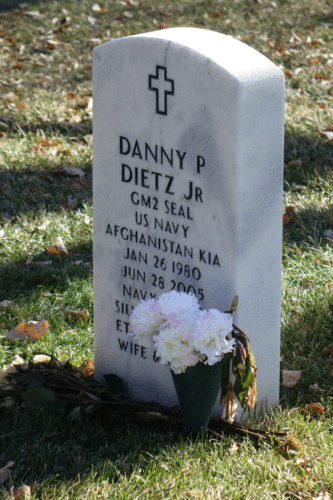 We paid respects to Colorado native and Heritage High School grad Navy Seal Danny Dietz. In 2005, Dietz was part of a counter-insurgency operation to kill or capture Ahmad Shah, a known terrorist. The mission was compromised after goat herders stumbled upon the SEALs and reported them to the Taliban. An intense firefight ensued, and hours later, Dietz was killed as a result of a gunshot wound to the head.
We paid respects to Colorado native and Heritage High School grad Navy Seal Danny Dietz. In 2005, Dietz was part of a counter-insurgency operation to kill or capture Ahmad Shah, a known terrorist. The mission was compromised after goat herders stumbled upon the SEALs and reported them to the Taliban. An intense firefight ensued, and hours later, Dietz was killed as a result of a gunshot wound to the head.
We also visited the grave of Army Sergeant First Class Daniel Romero of the Colorado Army National Guard. He was the first American casualty of the Afghanistan war. Romero was killed in action on April 15, 2002 near Qandahar, Afghanistan during an ordnance disposal operation. He was awarded the Bronze Star and Purple Heart.
It was an especially important exercise for four members of my class who are planning on a military career, including Schmid. He said the Fort Logan visit was essential.
“The visit to Fort Logan was sobering, yet imperative for this class. Throughout the trimester we had been talking about events that have a very real human cost. However, often times it is easy to dissociate from reality, and let the lives impacted and lost just be faces on a screen….A couple of the headstones we saw are soldiers who were killed in the recent conflicts in Afghanistan and Iraq. At the base, we saw objects their families had left, such as candy, soda, and other personal items. That impacted the class as to the reality of these men and women, and the holes their deaths leave.”
“For me and for three others in the class who, after CA, are going to join different branches of the service, this was especially important, as it gave us the realistic portrait of what the decision might lead to. Even for those who will not go on to serve, it helps them understand what soldiers sacrifice to allow others to have a choice not to serve.”
